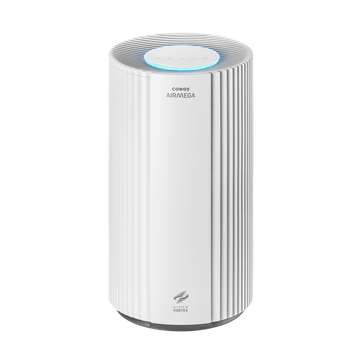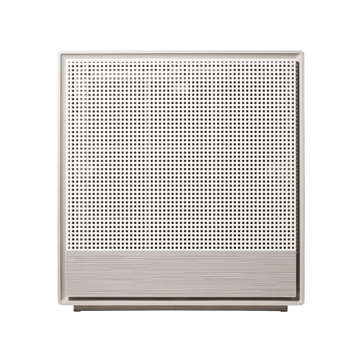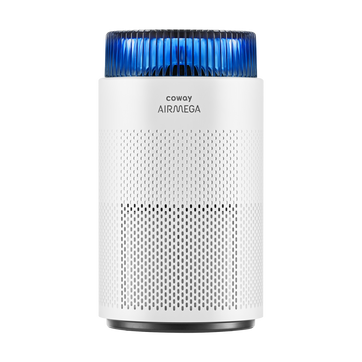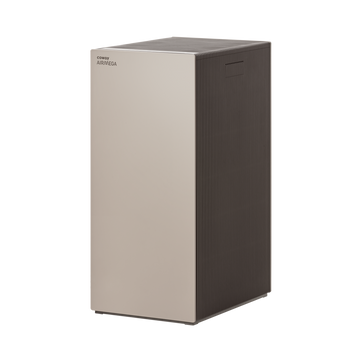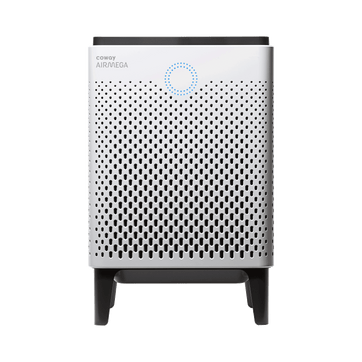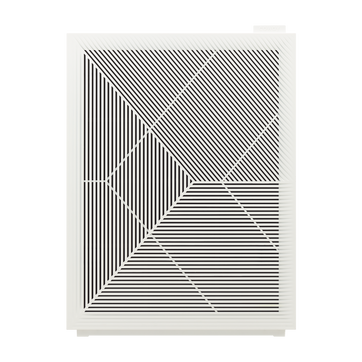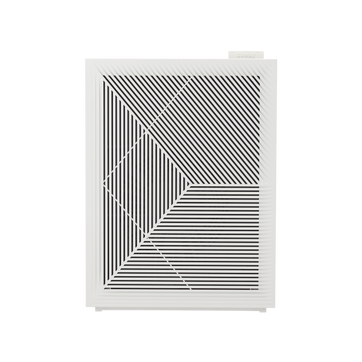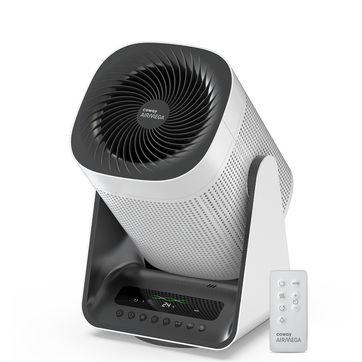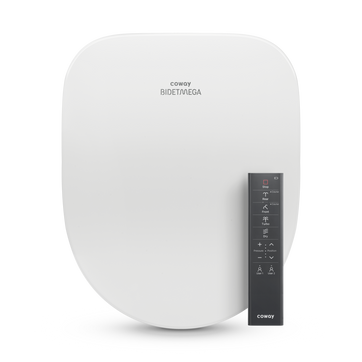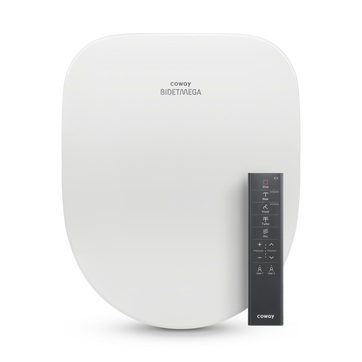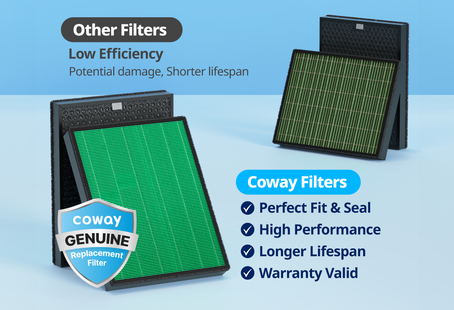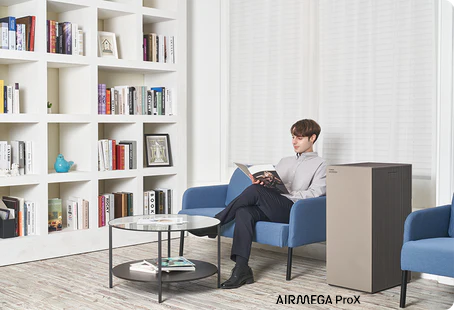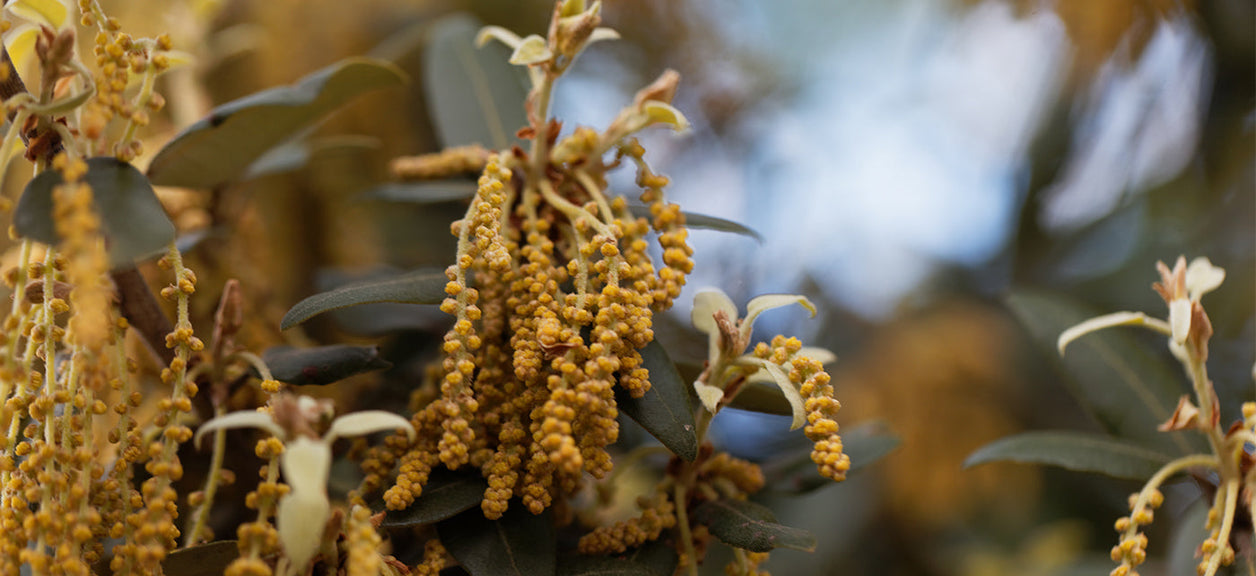
Allergen of the month: tree pollen
For the next installment of our ongoing Allergen of the Month series, our focus is tree pollen.
March can be a rough time for people with spring allergies. The reason: Some types of trees start releasing pollen that can be carried in the wind for miles, even into your home, triggering sneezing, coughing and all the other unpleasant allergy symptoms. The particular culprits are trees with fine, powdery, barely visible pollen that can be easily blown away by a strong breeze. Breathing in just a small amount is enough to cause a reaction.
Fast facts
• Apple, cherry, and other flowering trees tend to have bigger, stickier pollen that doesn’t blow in the wind—or cause allergy symptoms.
• Oak trees can produce anywhere from 1,000 to 3,000 pollen grains per cubic meter of air.
• In the 1940’s, the USDA recommended selecting male dioecious trees over females, because they tend to produce fewer fruits or seeds and, thus, are easier to maintain.
• But male dioecious trees trigger the worst reactions.
• The box elder maple produces more pollen than any other maple.
• People who are allergic to birch trees might have allergic reactions to fruit and vegetables.
Where to find them
You may be allergic to only one type of tree pollen or to multiple varieties. Thus, when and where you experience symptoms depends on which pollen is your nemesis and from what tree it originates. In the Midwest, for example, maple, elm, and ash, among others, spread their seeds in March and early April. Texas, on the other hand, has many mountain cedars, which can blanket entire sections of the state early in the season, followed by the eastern red cedar.
How to prevent them
• Get tested, so you can determine which trees trigger your allergies and how to minimize your exposure to their pollen.
• If there are problematic trees in your yard, prune back the branches to reduce the amount of pollen they release.
• Or take drastic action and remove the whole tree, perhaps replacing it with a more allergy-friendly variety.
• Consider getting allergy shots.
• To reduce the presence of tree pollen in your home, use a smart air purifier with a HEPA air filter, like Airmega.
Disclaimers
1Coway air purifiers has been proven to trap dust, pollen, dander, viruses and bacteria in the air based on KCL (Korea Conformity Laboratories) testing.They have been tested in a 30㎥ size chamber according to the Korea Air Cleaning Association standard (SPS-KACA 002-132:2022 Modified) to measure the 0.01㎛ size of particle removal rate. It was tested on maximum airflow speed in normal room temperature and humidity conditions. The performance may vary in the actual living environment of customers.
→ Tested with Airmega Aim, 150, 160, AP-1216L, AP-1512HH, AP-1512HHS, 200M, Icon, IconS, 230, 240, 250, 250 Art, 250S, 300, 300S, 400, 400S, ProX
299.97% of viruses, bacteria, fungi and pollen were verified to be removed from the air for Coway air purifiers which have Green True HEPA™ filter applied based on the Japan Food Research Laboratories(JFRL) testing according to JEM 1467 standard.
→ Tested with Coway Airmega AP-1512HH, AP-1512HHS, 250, 250 Art, 250S, 300, 300S, 400, 400S
→ All tested by JFRL and received above result within below time.
All tested by JFRL and received above result within below time.
- Virus: Tested with Escherichia coli phage ΦX174 NBRC 103405, 60 minutes
- Bacteria: Tested with Staphylococcus epidermidis NBRC 12993, 60 minutes
- Fungi/Mold: Tested with Penicillium citrinum NBRC 6352, 60 minutes
- Pollen: Tested with Cedar Pollen extract, 60 minutes
3Aerosol test conducted in a Biosafety level 3 laboratory with two Coway air purifier models, Coway Airmega 250 and 400 for removal of SARS-CoV-2 Aerosol by US based MRI Global, a not-for-profit laboratory and partner of US Department of Defense. The test was conducted in a 13.1ft3 chamber. Virus was aerosolized for 15 minutes and the product was turned on high for 2 minutes. Result showed each product effectively removed over 99.98% of the SARS-CoV-2 in 2 minutes. This is a result from a laboratory experiment condition and result may vary in different conditions. This result does not imply it kills SARS-CoV-2 or prevents the transmission of Covid-19. Coway Airmega 250S and 400S are identical to the tested models and has equal performance with an additional mobile connectivity function.
4The concentration of ammonia, acetaldehyde and acetic acid were proven to be removed within 30 minutes by FCG Research Institute, Inc. Human Life Science Lab. It is not a demonstration result in the actual use space. Not all odors and gases may be supported. → Tested with Coway Airmega 150, 160, AP-1512HH, AP-1512HHS, 400, 400S
5The coverage area of the air purifier is based on an area where the air cleaner can make two air changes per hour (ACPH). An air change per hour translates to how many times an air purifier can clean an area, assuming the height of a ceiling to be 8 ft, in one hour. Therefore ** means two air changes per hour means that the cleaner can clean the area once every 30 minutes and * means air changes per hour means that the air purifier can clean the area once every 60 minutes.
10Terms and conditions apply. Discounts, including promotions, coupons, bundle discount and subscription discount, cannot be stacked on top of other coupons. During promotional periods, discount codes will not be able to be applied to orders. Promo codes may apply to products only—filters, accessories, and new products within 3 months of the release date are not included.
